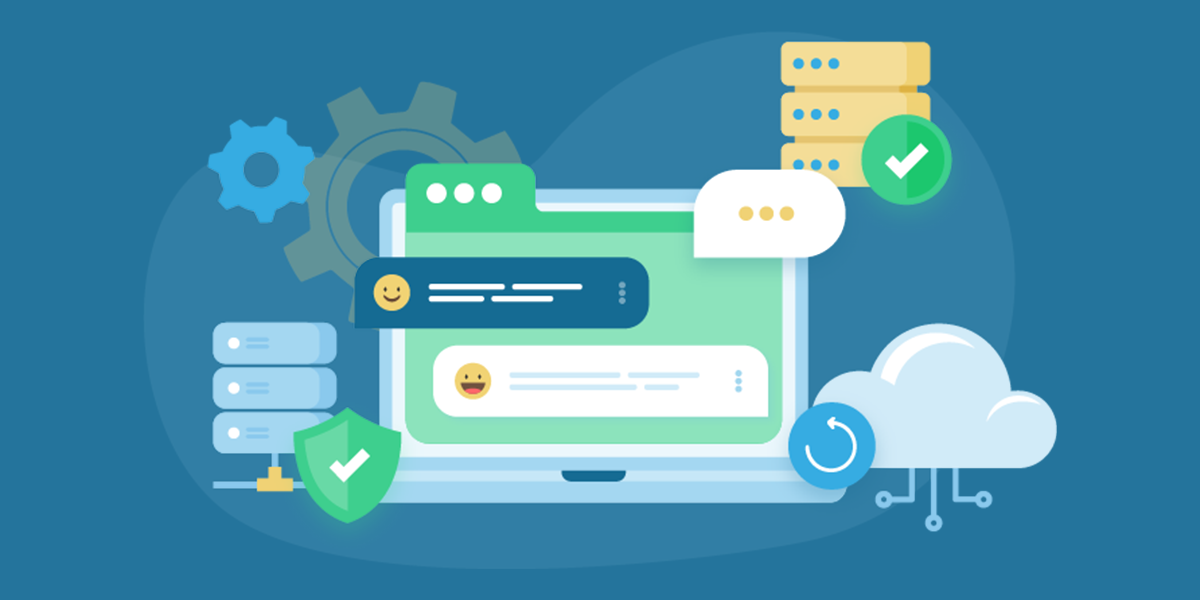“If you’re not first, you’re last.” - Ricky Bobby

Like it or not, competition is an inevitable part of business. For every great idea you have, you can be certain that someone else has probably had it too, for every innovative product or service you create, you can bet that there’s someone else who believes they could do it better. In tech, where ideas are numerous, talent is abundant, and investment flows freely, it’s not uncommon to find yourself up against several other companies vying for the same customers as you.
In that kind of business environment, there’s only a handful of factors that help you stay competitive, and one of the most important is speed to market. When it comes to adding features and functionality, it’s not only about doing it best, but doing it first. But when you’re developing a product, being fast requires a great deal of money, personnel, or both. Luckily for smaller organizations, there’s a revolution in tech that has made rapid iteration and innovation easier and cheaper than ever: low-code.
What is low-code?
Low-code (alternatively referred to as low code) is a methodology of software development that requires very little actual coding work on the part of the developer. There are numerous ways to achieve a low code solution, including using a graphical user interface or through the use of APIs, which often only require a few lines of code to be modified and added to your software. More extreme versions of this method where no working with code is required, are aptly referred to as no-code, but that’s another blog.
The term came into fashion in 2014 when analysts Clay Richardson and John Rymer used it to describe the new trend towards less code intensive development platforms. They explained low-code as the best choice for “fast, continuous, test and learn delivery.” To this point they explained:
“Hard-coding is too slow to develop and deliver many of the applications companies use to win, serve, and retain customers.”
To put it another way, when all of your competition is scrambling to rapidly improve their product, building things from scratch could mean your business falls further and further behind the curve. Whatever gains you may believe you’re making from not having to pay a license or subscription fee are instantly offset by your slow time to market.
“I skate to where the puck is going to be, not where it is.” - Wayne Gretzky
So for the sake of argument, I’m going to assume you’ve already analyzed whether to build vs. buy, and have come down on the side of buy. When it comes to features, your goal should never be to just keep up with the curve, it’s to get ahead of it. Low-code solutions like APIs and SDKs allow you to do just that. Take collaboration as an example.
With so much of our work having moved online, everyone from the biggest tech giants to the smallest start-ups are in a big hurry to get in-app chat fully functional. While companies with market caps large enough to make John D. Rockefeller blush are hiring or acquiring their way to a solution, many more are leaning on tried and true low-code Chat APIs like Sendbird, Stream, or Weavy to achieve parity.
But, as you may have read somewhere, when it comes to collaboration, chat is the bare minimum. While your competitors are busy chasing the proverbial puck, your business can leapfrog them by adding richer and more contextual collaboration features like Feeds or File Sharing. Better yet, you could add a low-code solution with rich third party integrations, making your offering even more attractive to customers enmeshed in existing ecosystems like Google Workplace or Microsoft Teams.
“Competition is not only the basis of protection to the consumer, but is the incentive to progress.” - President Herbert Hoover
If you’ve read any of my other blogs you’ve probably figured out that I really love quotations. In preparation for this article I decided to Google “competition quotes,” and the results were, to put it mildly, disappointing. Words like “domination,” “crush,” or “obliterate” were common. These days conventional wisdom seems to be that competition is an obstacle to be removed.
But outside of being a fact of life and a reality of business, competition is the single greatest motivator of innovation we currently have at our disposal. So embrace the challenges your competitors present you with. Let it motivate your product team to challenge themselves to move faster, let it encourage your leadership to make bold moves to disrupt the market. Competition isn’t only good for your customers, it can be good for you.
With low-code solutions at your fingertips, there’s more opportunity than ever to go toe to toe with the biggest names in tech, and maybe even beat them at their own game.